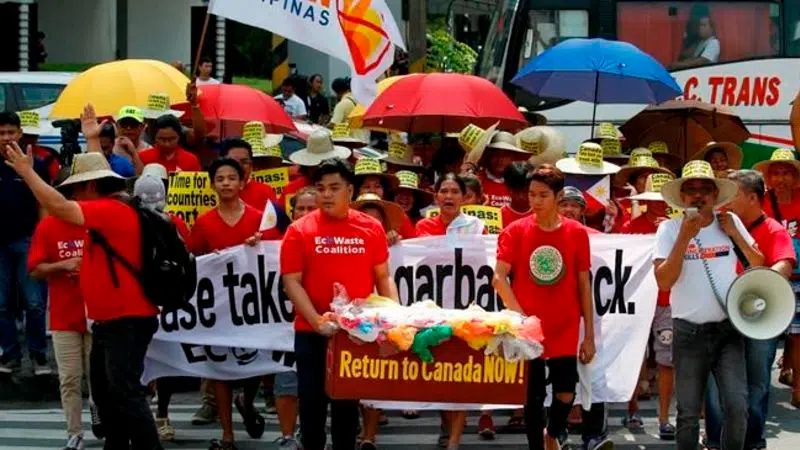
Canadian garbage will depart Philippines for Vancouver later today
OTTAWA — Environment Minister Catherine McKenna says it is “unfortunate” that a disagreement with the Philippines about Canadian garbage became an international diplomatic incident but she hopes it’s created an opportunity for Canada to tackle its plastics-pollution problem.
“This is the reality that developing countries do not want to have any more of the plastics or trash of developed countries,” she said. “It’s unfortunate that it got raised to this level but we are committed to getting it back.”
Next month, McKenna intends to unveil a national plastics-pollution plan that is expected to put more onus on plastics producers to ensure their materials are recycled or reused.


